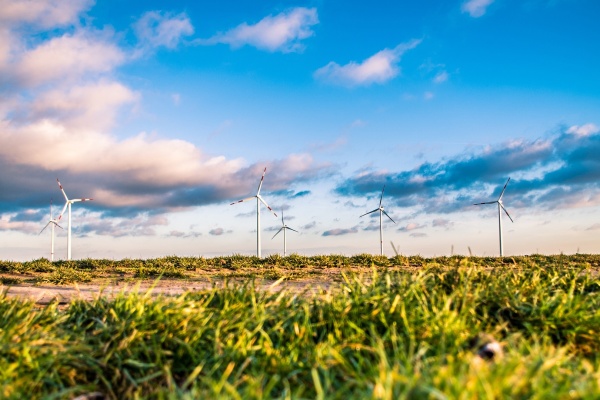The mantra ‘keep the lights on, keep it cold’ is often quoted by data centre engineers when asked to define their roles. However, is this the right approach to energy efficiency and the environmental impact of what are, essentially, utility-hungry sheds that consume the equivalent power of small towns every day? James Rix, associate director for data centres at Arcadis gives us his insight.
The accessibility of data and ease of its use is a great example of the Jevons paradox – “technological progress increases the efficiency with which a resource is used, but the rate of consumption of that resource rises because of increasing demand” – in other words, the easier you make it to consume the product the greater the consumption will be!
January 2016 saw the publication, in the media, that the global data centre industry was using about 416.2 terawatt hours per year.
To put things into perspective, the entire UK with a population of over 65m people and over 5.7m businesses consumes about 300 terawatt hours during an entire year.
Each year this energy consumption continues to grow exponentially. The general rule of thumb is that data centres draw around 3-4% of the total energy generated in a country. An exception to this is Singapore where it has been calculated that data centres could draw up to 7% of the energy generated. Is this sustainable?
There have been many opinions postulated on how best to curb the use of such huge amounts of energy, however the all-pervasive internet affects billions of lives either with billions of people watching cat videos, streaming films, gaming and ‘liking’ photos on social media.
Then there’s the collation of data generated through financial institutions or produced by autonomous/connected cars and other IoT or IIoT devices. An ‘end of pipe’ solution to data centre usage would be foolhardy at best, and probably cause global uproar in the extreme.
Green energy, the answer?
The most appropriate place to look at energy efficiency is not at the domestic end-user, but rather at the data centre (edge, enterprise, co-location or hyperscale) where energy is bought in and consumed. A potential solution to lessen the environmental impact of these energy hungry giants could be renewable energy. But is this practical at this time?
The usual efficiency measures can be used such as a ‘dark’ facility, LED lighting etc. however, these on their own are not enough. PV arrays shading roof mounted equipment may also not give enough consistent power to be of practical use, which in turn gives rise to the ability to store energy.
Wind turbines may only produce energy 40% of the time (60% inefficiency) and storage of the energy generated is again the concern for a stable supply. Microsoft in Ireland have gone some way to solving this, but there is not one answer for every site.
Some companies will pay a higher ‘green rate’ for renewable energy where in reality the actual energy draw through the grid has come from a traditional fired (coal, oil, gas, nuclear) power generation plant.
Is this promotion of renewable energy or just an energy tax under another name? If ‘green energy’ was being promoted, should this not be at a discount rather than a premium. The analogy being, why do you need petrol at 97RON costing an additional 4p a litre when the standard 95RON will do the same job?
The ability to force organisations to use solely renewable energy supplies hinges on the ability to provide enough energy for constant demand as well as servicing the peaks and troughs of supply/generation.
Improvements are constantly being made in this area although there is still some way to go before this becomes a viable option for many data centres. Environmental and geographic concerns aside. Carbon offset is one method of help available.
However, until the renewables industry plays catch-up with their technology, storage and distribution, there are plenty of alternative strategies, with minimal CapEx, that data centre operators can pursue to reduce their energy consumption – and consequently improve their bottom line in the process.
Is there an answer?
The easiest solution is to say that there is no answer, except stop using data centres. However, to live in the real world we must face up to the fact that data centres are a way of life and will continue to be used in greater amounts. IoT, IIoT, 5G all lend credence to the amount of data being generated.
The cynic might well ask, what benefit is there in getting my toaster to report that I like two slices of thick toast each morning, toasted until lightly crisp.
The production of pollution was once viewed in the same way as data (it’s what you get), however, from early efforts to use an end of pipe solution (build the chimney higher or put a filter on the end of the pipe) have matured with more efficient means to reduce, reuse and recycle.
The same principles and process needs to take place in the data centre industry. More efficient equipment and alternate methods of cooling, better use of space and re-purposing of rejected heat will go some way to offsetting the energy used by DC’s. And let’s come up with ways to better use the data produced. Just because we can produce data about something doesn’t always mean it’s useful or practical.
No one individual or organisation has a monopoly on all the answers, however, by the sharing of best practice, industry initiatives and central government backing this will all move in the right direction to reduce energy usage – even to keep it as a stable usage would be better than the exponential growth currently being experienced.

